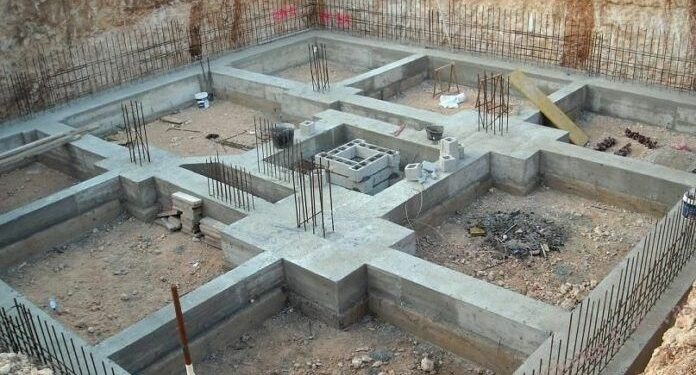When building a house, the first step is usually to lay a foundation. It is a crucial part of any building and determines its durability. If not done correctly using the appropriate materials, it can affect the structural stability of the building.
To ensure correctness, the materials used are a major concern. For foundations, quarry stones are recommended. In Kenya, there are two common types: grey/brownish stones and blue stones. Both types are of standard quality and are sold at prices of Kshs. 30 and 35 for the 6 and 9-inch stones, respectively. Lower prices (20 and 25) can be obtained when sourced directly from the quarry and in bulk. For external walls and those likely to bear significant loads, the 9-inch stones, referred to as 9s, are more preferred.
Blue stones are more preferable as they are more compact and denser. However, quarries for these stones are limited, so their supply is somewhat low. The grey and brownish stones look more porous and less compact, and although no lab results have been gathered on this, I tend to think this affects the strength of the stones. However, they are found in sufficient quantities compared to the blue stones.
Bluestone quarries are located in Juja and Thika in the Nairobi metropolitan area, while grey and brownish stones can be found in various locations, with a high concentration in Lukenya, Athi River, Kitengela, and Machakos.
Sourcing the right materials is advised by the project specifications provided by the project architect. The contractor must present sample materials for the architect’s approval to ensure the quality of these materials meets the specification schedule.
A strong foundation is essential to ensure the stability of the structure being erected. Carefulness is needed while sourcing and procuring building materials. Quality should be maintained and can never be compromised. Proper material selection and adherence to project specifications ensure a durable and stable structure/


















